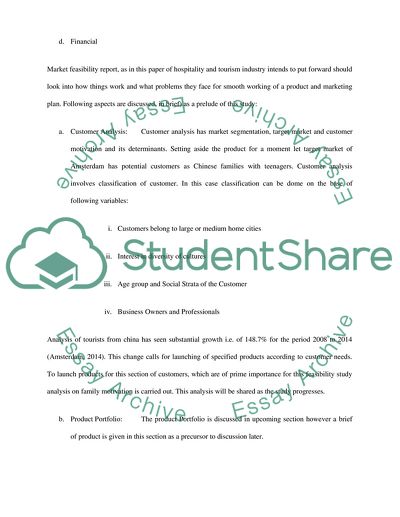Cite this document
(“Hospitality and tourism marketing Essay Example | Topics and Well Written Essays - 3750 words”, n.d.)
Hospitality and tourism marketing Essay Example | Topics and Well Written Essays - 3750 words. Retrieved from https://studentshare.org/marketing/1692753-hospitality-and-tourism-marketing
Hospitality and tourism marketing Essay Example | Topics and Well Written Essays - 3750 words. Retrieved from https://studentshare.org/marketing/1692753-hospitality-and-tourism-marketing
(Hospitality and Tourism Marketing Essay Example | Topics and Well Written Essays - 3750 Words)
Hospitality and Tourism Marketing Essay Example | Topics and Well Written Essays - 3750 Words. https://studentshare.org/marketing/1692753-hospitality-and-tourism-marketing.
Hospitality and Tourism Marketing Essay Example | Topics and Well Written Essays - 3750 Words. https://studentshare.org/marketing/1692753-hospitality-and-tourism-marketing.
“Hospitality and Tourism Marketing Essay Example | Topics and Well Written Essays - 3750 Words”, n.d. https://studentshare.org/marketing/1692753-hospitality-and-tourism-marketing.


